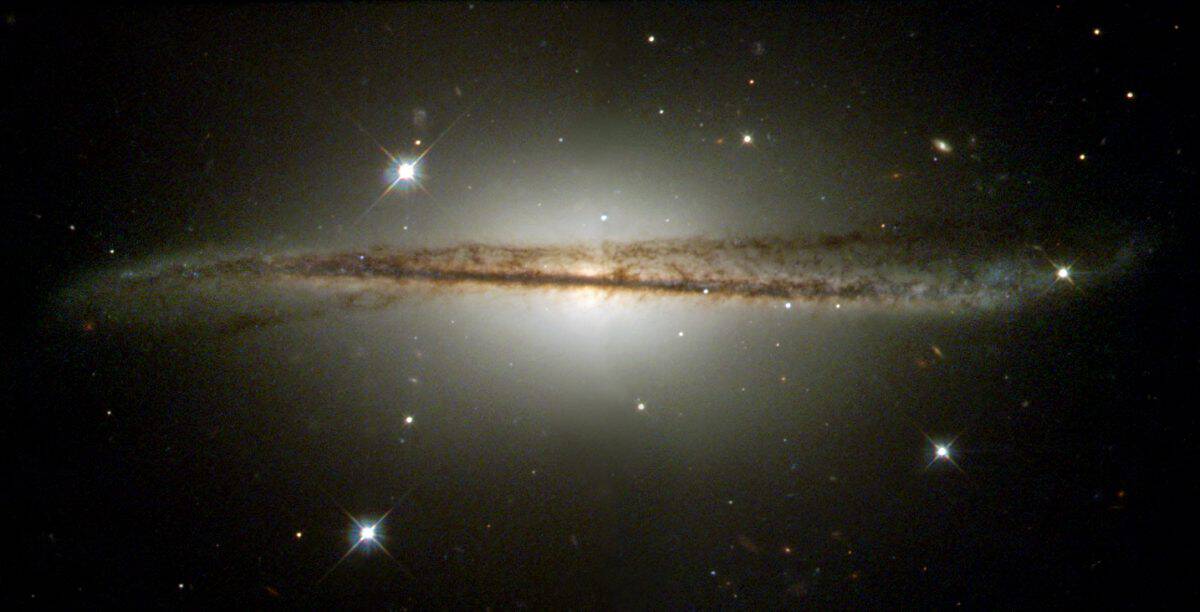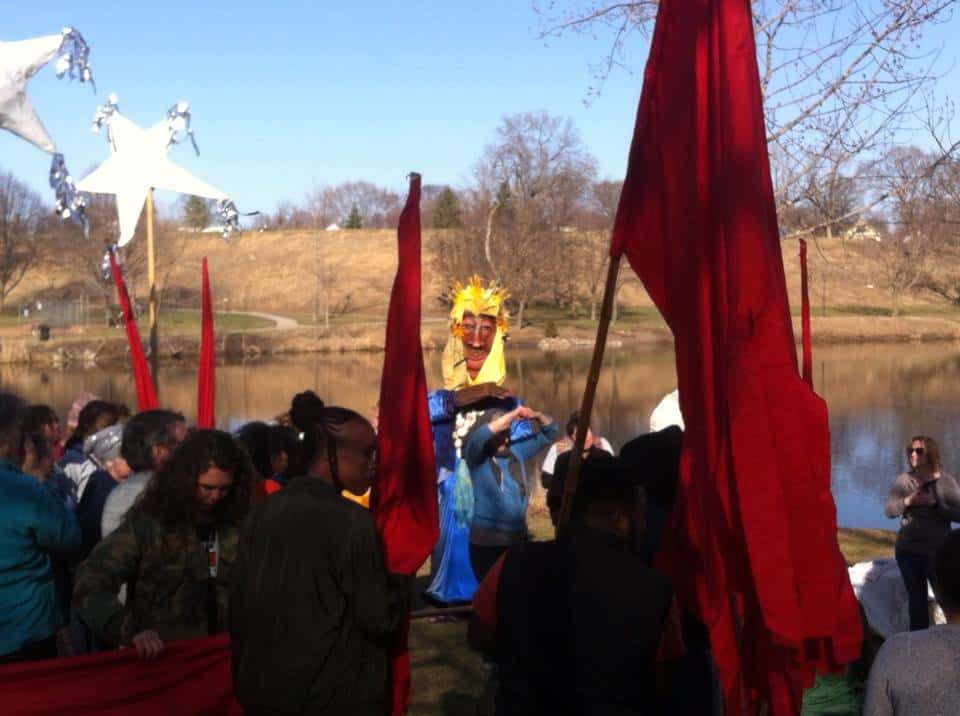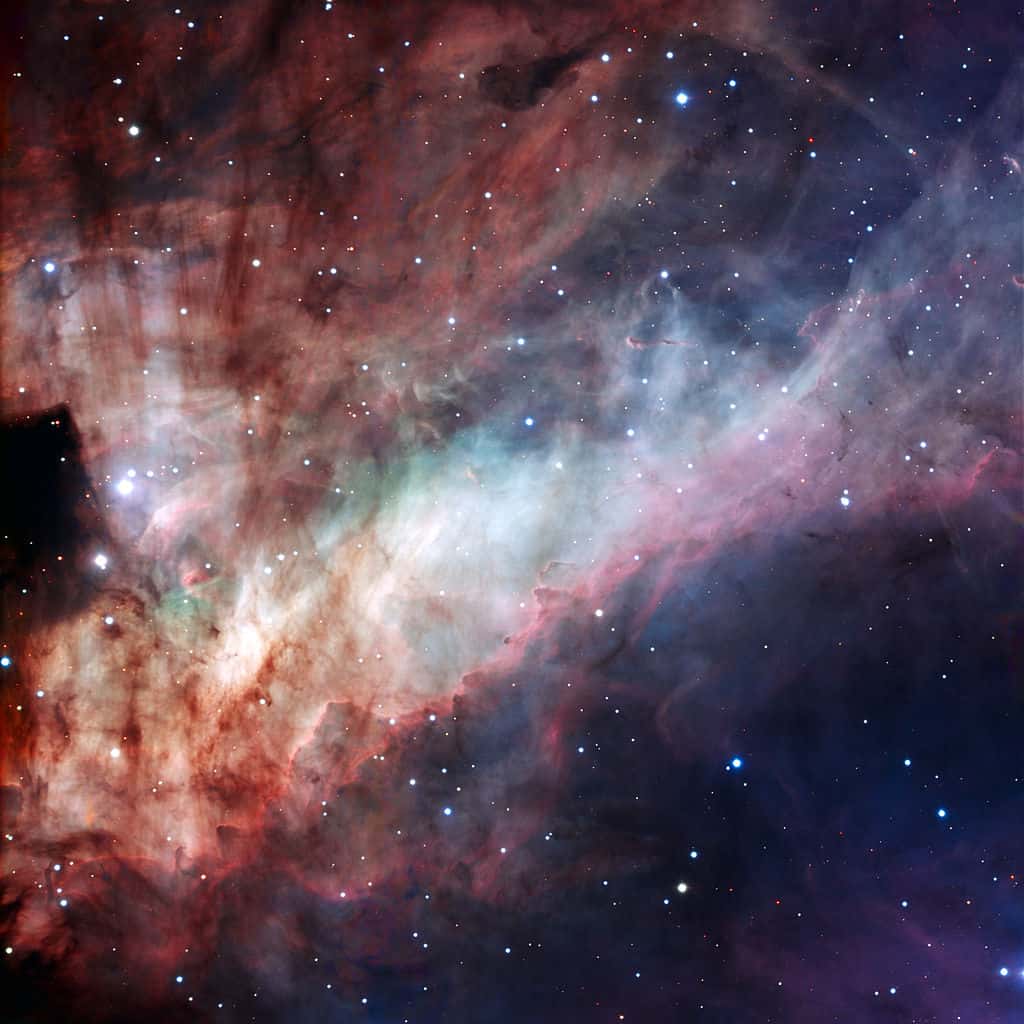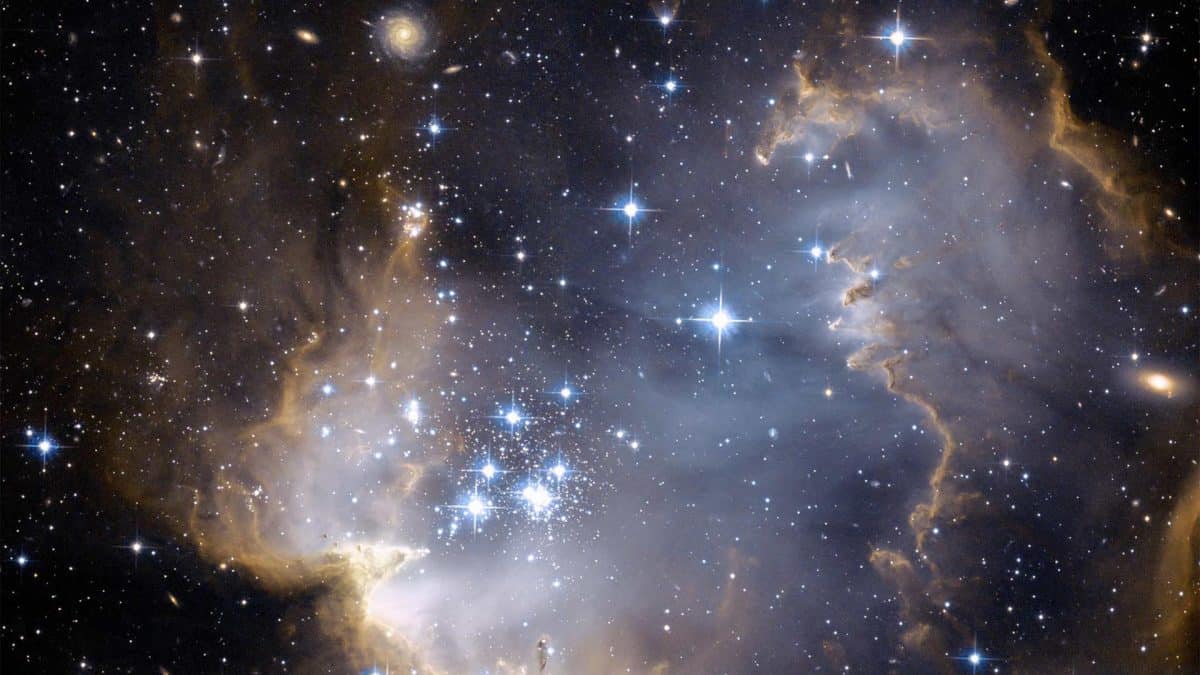Blog
Marion Walter Jacobs (May 1, 1930 – February 15, 1968), known as Little Walter, was an American blues musician, singer, and songwriter, whose revolutionary approach to the harmonica and impact on succeeding generations earned comparisons for him to such seminal artists as Django Reinhardt, Charlie Parker and Jimi Hendrix. His virtuosity and musical innovations fundamentally altered many listeners’ expectations of what was possible on blues harmonica. He was inducted into The Rock and Roll Hall of Fame in 2008 in the category Sideman, the only artist to be inducted specifically as a harmonica player.
Jacobs was born in 1930 (recently uncovered census data suggests he may have been born earlier, possibly as early as 1925)[citation needed] in Marksville, Louisiana, and raised in Rapides Parish, Louisiana, where he learned to play the harmonica. He quit school and by the age of 12 had left rural Louisiana and travelled, working odd jobs and busking on the streets of New Orleans; Memphis; Helena and West Helena, Arkansas; and St. Louis. He honed his musical skills on harmonica and guitar performing with older bluesmen, including Sonny Boy Williamson II, Sunnyland Slim, Honeyboy Edwards and others.
Arriving in Chicago in 1945, he occasionally found work as a guitarist but garnered more attention for his already highly developed harmonica playing. According to Chicago bluesman Floyd Jones, Little Walter’s first recording was an unreleased demo recorded soon after he arrived in Chicago, on which Walter played guitar backing Jones.
more...Vocalist and percussionist Xavier Diaz revisits and transforms the traditional folk songs and dances of Galicia (northwestern Spain).
more...Repatriation
more...NASA’s Hubble Space Telescope has captured an image of an unusual edge-on galaxy, ESO 510-G13, revealing remarkable details of its warped dusty disk and showing how colliding galaxies spawn the formation of new generations of stars. The dust and spiral arms of normal spiral galaxies, like our own Milky Way, appear flat when viewed edge-on. This image shows a galaxy that, by contrast, has an unusual twisted disk structure, first seen in ground-based photographs obtained at the European Southern Observatory (ESO) in Chile. ESO 510-G13 lies in the southern constellation Hydra, roughly 150 million light-years from Earth. Details of the structure of ESO 510-G13 are visible because the interstellar dust clouds that trace its disk are silhouetted from behind by light from the galaxy’s bright, smooth central bulge. The strong warping of the disk indicates that ESO 510-G13 has recently undergone a collision with a nearby galaxy and is in the process of swallowing it. Gravitational forces distort the structures of the galaxies as their stars, gas, and dust merge together in a process that takes millions of years. Eventually the disturbances will die out, and ESO 510-G13 will become a normal-appearing single galaxy. In the outer regions of ESO 510-G13, especially on the right-hand side of the image, we see that the twisted disk contains not only dark dust, but also bright clouds of blue stars. This shows that hot, young stars are being formed in the disk. Astronomers believe that the formation of new stars may be triggered by collisions between galaxies, as their interstellar clouds smash together and are compressed. Hubble’s Wide Field Planetary Camera 2 (WFPC2) was used to observe ESO 510-G13 in April 2001. Pictures obtained through blue, green, and red filters were combined to make this color-composite image, which emphasizes the contrast between the dusty spiral arms, the bright bulge, and the blue star-forming regions.
more...
Percy Heath (April 30, 1923 – April 28, 2005) was an American jazz bassist, brother of saxophonist Jimmy Heath and drummer Albert Heath, with whom he formed the Heath Brothers in 1975. Heath played with the Modern Jazz Quartet throughout their long history and also worked with Miles Davis, Dizzy Gillespie, Charlie Parker, Wes Montgomery, and Thelonious Monk.
Heath was born in Wilmington, North Carolina, and spent his childhood in Philadelphia. His father played the clarinet and his mother sang in the church choir. He started playing violin at the age of eight and also sang locally. He was drafted into the Army in 1944, becoming a member of the Tuskegee Airmen, but saw no combat.
more...Reverend Gary Davis, also Blind Gary Davis (born Gary D. Davis, April 30, 1896 – May 5, 1972), was a blues and gospel singer who was also proficient on the banjo, guitar and harmonica. His fingerpicking guitar style influenced many other artists. His students include Stefan Grossman, David Bromberg, Steve Katz, Roy Book Binder, Larry Johnson, Nick Katzman, Dave Van Ronk, Rory Block, Ernie Hawkins, Larry Campbell, Bob Weir, Woody Mann, and Tom Winslow. He influenced Bob Dylan, the Grateful Dead, Wizz Jones, Jorma Kaukonen, Keb’ Mo’, Ollabelle, Resurrection Band, and John Sebastian (of the Lovin’ Spoonful).
Davis was born in Laurens, South Carolina, in the Piedmont region. Of the eight children his mother bore, he was the only one who survived to adulthood. He became blind as an infant. He recalled being poorly treated by his mother and that his father placed him in the care of his paternal grandmother. Davis reported that when he was 10 years old his father was killed in Birmingham, Alabama; he later said that he had been told that his father was shot by the Birmingham sheriff.
https://www.youtube.com/watch?v=70v3qPxDs1o
more...Clave y Guaguancó Founded in Cuba more than 50 years ago, legendary group Clave y Guaguancó is dedicated to researching and developing the true traditions of Afro-Cuban music. Just singing, drumming and dancing, this ensemble introduces the listener to a black universe of gods, magic and African-rooted rituals.
https://www.youtube.com/watch?v=yFGjNP8d09Y
more...Jah Jah Hear my Plea
more...The Omega Nebula, also known as the Swan Nebula, Checkmark Nebula, and the Horseshoe Nebula (catalogued as Messier 17 or M17) is an H II region in the constellation Sagittarius. It was discovered by Philippe Loys de Chéseaux in 1745. Charles Messier catalogued it in 1764. It is located in the rich starfields of the Sagittarius area of the Milky Way.
It is considered one of the brightest and most massive star-forming regions of our galaxy. Its local geometry is similar to the Orion Nebula except that it is viewed edge-on rather than face-on.
The open cluster NGC 6618 lies embedded in the nebulosity and causes the gases of the nebula to shine due to radiation from these hot, young stars; however, the actual number of stars in the nebula is much higher – up to 800, 100 of spectral type earlier than B9, and 9 of spectral type O, plus over a thousand stars in formation on its outer regions. It is also one of the youngest clusters known, with an age of just 1 million years.
more...Ray Barretto (April 29, 1929 – February 17, 2006) was an American Grammy Award-winning conga drummer and bandleader of Puerto Rican ancestry. Throughout his career as a percussionist he played a wide variety of Latin music styles, as well as Latin jazz. His first hit, “El Watusi”, was recorded by his Charanga Moderna in 1962, becoming the most successful pachanga song in the United States. In the late 1960s, Barretto became one of the leading exponents of boogaloo and what would later be known as salsa. Nonetheless, many of Barretto’s recordings would remain rooted in more traditional genres such as son cubano. A master of the descarga (improvised jam session), Barretto was a long-time member of the Fania All-Stars. His success continued into the 1970s with songs such as “Cocinando” and “Indestructible”. His last album for Fania Records, Soy dichoso, was released in 1990. He then formed the New World Spirit jazz ensemble and continued to tour and record until his death in 2006.
https://www.youtube.com/watch?v=8_JHCzc_-0c
more...Jean-Baptiste Frédéric Isidor, Baron Thielemans (29 April 1922 – 22 August 2016), known professionally as Toots Thielemans, was a Belgian-American jazz musician. He was known for his harmonica playing, as well as his guitar, whistling skills, and composing. According to jazz historian Ted Gioia, his most important contribution was in “championing the humble harmonica”, which Thielemans made into a “legitimate voice in jazz”. He eventually became the “preeminent” jazz harmonica player.
His first professional performances were with Benny Goodman‘s band when they toured Europe in 1949 and 1950. He emigrated to the U.S. in 1951, becoming a citizen in 1957. From 1953 to 1959 he played with George Shearing, and then led his own groups on tours in the U.S. and Europe. In 1961 he recorded and performed live one of his own compositions, “Bluesette”, which featured him playing guitar and whistling. In the 1970s and 1980s, he continued touring and recording, appearing with musicians such as Oscar Peterson, Bill Evans, Dizzy Gillespie, Kenny Werner, Pat Metheny, Jaco Pastorius, Elis Regina and Paquito D’Rivera.
more...Edward Kennedy “Duke” Ellington (April 29, 1899 – May 24, 1974 Washington DC) was an American composer, pianist, and bandleader of a jazz orchestra, which he led from 1923 until his death in a career spanning over fifty years.
Born in Washington, D.C., Ellington was based in New York City from the mid-1920s onward, and gained a national profile through his orchestra’s appearances at the Cotton Club in Harlem. In the 1930s, his orchestra toured in Europe. Though widely considered to have been a pivotal figure in the history of jazz, Ellington embraced the phrase “beyond category” as a liberating principle, and referred to his music as part of the more general category of American Music, rather than to a musical genre such as jazz.
Some of the musicians who were members of Ellington’s orchestra, such as saxophonist Johnny Hodges, are considered to be among the best players in jazz. Ellington melded them into the best-known orchestral unit in the history of jazz. Some members stayed with the orchestra for several decades. A master at writing miniatures for the three-minute 78 rpm recording format, Ellington wrote more than one thousand compositions; his extensive body of work is the largest recorded personal jazz legacy, with many of his works having become standards. Ellington also recorded songs written by his bandsmen, for example Juan Tizol‘s “Caravan“, and “Perdido“, which brought a Spanish tinge to big band jazz. After 1941, Ellington collaborated with composer-arranger-pianist Billy Strayhorn, whom he called his writing and arranging companion.[3] With Strayhorn, he composed many extended compositions, or suites, as well as additional short pieces. Following an appearance at the Newport Jazz Festival, in July 1956, Ellington and his orchestra enjoyed a major career revival and embarked on world tours. Ellington recorded for most American record companies of his era, performed in several films, scoring several, and composed stage musicals.
more...Persian ney (flute) virtuoso and vocalist Hossein Omoumi
more...Ras Portraits
more...The Small Magellanic Cloud (SMC), or Nubecula Minor, is a dwarf galaxy near the Milky Way. It is classified as a dwarf irregular galaxy. It has a diameter of about 7,000 light-years, contains several hundred million stars, and has a total mass of approximately 7 billion times the mass of the Sun. The SMC contains a central bar structure and it is speculated that it was once a barred spiral galaxy that was disrupted by the Milky Way to become somewhat irregular. At a distance of about 200,000 light-years, it is one of the Milky Way‘s nearest intergalactic neighbors. It is also one of the most distant objects that can be seen with the naked eye.
The SMC is mostly visible from the Southern Hemisphere though it can be fully glimpsed from near the southern horizon from equatorial latitudes south of about 15° N. It is located across both the constellations of Tucana and part of Hydrus, appearing as a hazy light patch resembling a detached piece of the Milky Way. It covers an average diameter of about 4.2° across (8 times the Moon’s diameter) or 51.7 sq. degrees (about 60 times the apparent area of the Moon.) Since it has a very low surface brightness, the SMC is best seen from a dark site away from city lights. It forms a pair with the Large Magellanic Cloud (LMC), which lies a further 20° to the east, and like the LMC, is a member of the Local Group and highly probably is a satellite of the Milky Way.
more...
Mickey Tucker (born April 28, 1941, Durham, North Carolina) is an American jazz pianist and organist.
When he was six, he started on piano, eventually playing in church. He performed in the 1960s with Little Anthony and the Imperials and Damita Jo, and also accompanied comedian Timmy Rogers. He entered the jazz world in 1969, working for the next several years with Eric Kloss, Rahsaan Roland Kirk, James Moody, the Thad Jones/Mel Lewis Orchestra, Eddie Jefferson, and George Benson. He was music director for Art Blakey and the Jazz Messengers. During the 1980s, he appeared on albums by Phil Woods, Art Farmer, Richie Cole, and Benny Golson.
more...John Martin Tchicai (April 28, 1936 – October 8, 2012) was a Danish free jazz saxophonist and composer.
After moving to New York City in 1963, Tchicai joined Archie Shepp‘s New York Contemporary Five and the New York Art Quartet. He played on John Coltrane‘s Ascension, and Albert Ayler’s New York Eye and Ear Control, both influential free jazz recordings.
Tchicai was born in Copenhagen, Denmark, to a Danish mother and a Congolese father. The family moved to Aarhus, where he studied violin in his youth, and in his mid-teens began playing clarinet and alto saxophone, focusing on the latter. By the late 1950s he was travelling around northern Europe, playing with many musicians.
more...
Mario Bauzá (April 28, 1911 – July 11, 1993) was an Afro-Cuban jazz musician. He was one of the first to introduce Cuban music to the United States by bringing Cuban musical styles to the New York City jazz scene. While Cuban bands had popular jazz tunes in their repertoire for years, Bauzá’s composition “Tangá” was the first piece to blend jazz with clave, and is considered the first true Afro-Cuban jazz or Latin jazz tune.
Trained as a classical musician, he was a clarinetist in the Havana Philharmonic Orchestra by the age of nine, where he would stay for three years. Bauzá traveled to New York in 1925 to record with Maestro Antonio María Romeu‘s band, a charanga, shortly after his fourteenth birthday.
Bauzá had been hired as lead trumpeter and musical director for Chick Webb‘s Orchestra by 1933, and it was during his time with Webb that Bauzá both met fellow trumpeter Dizzy Gillespie and discovered and brought into the band singer Ella Fitzgerald. Importantly, Bauzá introduced the young Havana virtuoso Chano Pozo to Dizzy, when the latter wanted to add a Cuban percussionist to his band; though Pozo was killed in a Harlem bar fight just a year later, he left an indelible and long-lasting mark on Dizzy’s playing and compositions, co-writing several legendary compositions such as “Manteca” and “Tin Tin Deo”.
more...Ethiopian Music by Mahmoud Ahmed – Yager Betua Aynama
https://www.youtube.com/watch?v=uQzJe6dAf5Q
more...More Posts
- World Music with Chogo Prudente
- Daily Roots with Delroy Wilson
- The Cosmos with NGC 2174
- Randy Crawford Day
- Buddy Cage Memorial
- Irma Thomas Day
- De De Pierce Day
- World Music with Fatoumata Diwara
- Daily Roots with Dawn Penn
- Happy Presidents Day 2020
- The Cosmos with Abell 2744
- Fred Frith Day
- Noble “Thin Man” Watts Day
- Buddy DeFranco Day
- World Music with the Gloaming
- Daily Roots with Carlton and the Shoes
- The Cosmos with NGC 2392
- Shahin Alavi Day
- Bill Doggett Day
- Machito Day



